| 结构式 | 名称/CAS号 | 全部文献 |
|---|---|---|
 |
氯化钠
CAS:7647-14-5 |
|
 |
盐酸
CAS:7647-01-0 |
|
 |
氢氧化钾
CAS:1310-58-3 |
|
 |
尼莫地平
CAS:66085-59-4 |
|
 |
氯化钠-35cl
CAS:20510-55-8 |
|
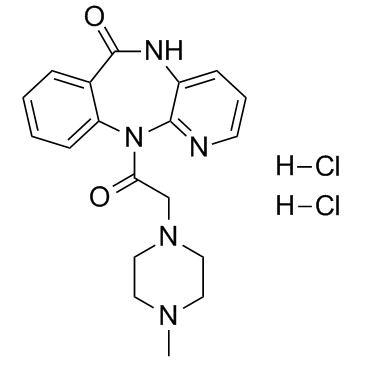 |
盐酸哌仑西平
CAS:29868-97-1 |
|
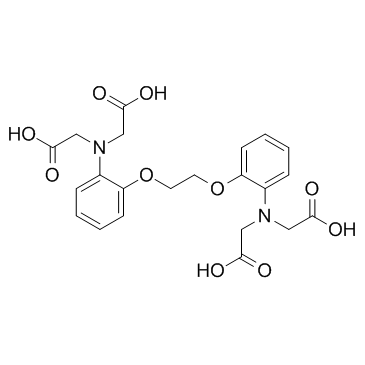 |
1,2-双(2-氨基苯氧基)乙烷-N,N,N',N'-四乙酸
CAS:85233-19-8 |
|
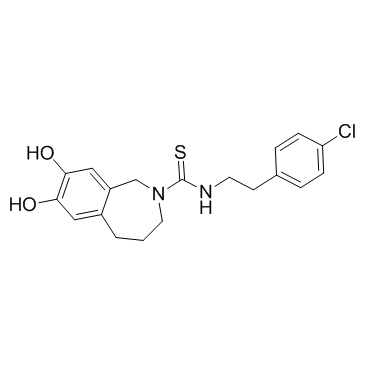 |
辣椒平
CAS:138977-28-3 |
|
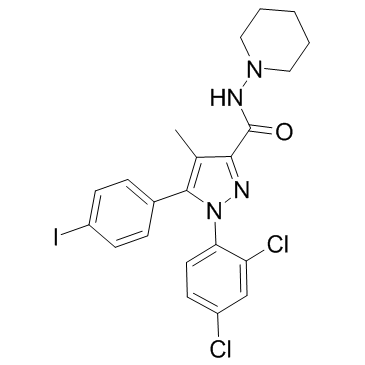 |
1-(2,4-二氯苯基)-5-(4-碘苯基)-4-甲基-N-(哌啶-1-基)-1H-吡唑-3-甲酰胺
CAS:183232-66-8 |
|
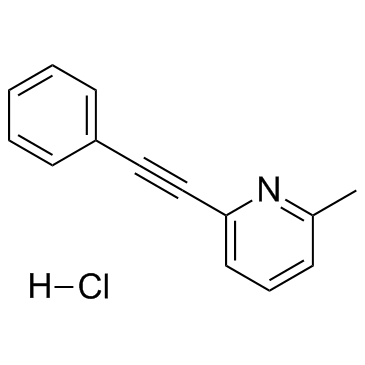 |
MPEP盐酸盐
CAS:219911-35-0 |